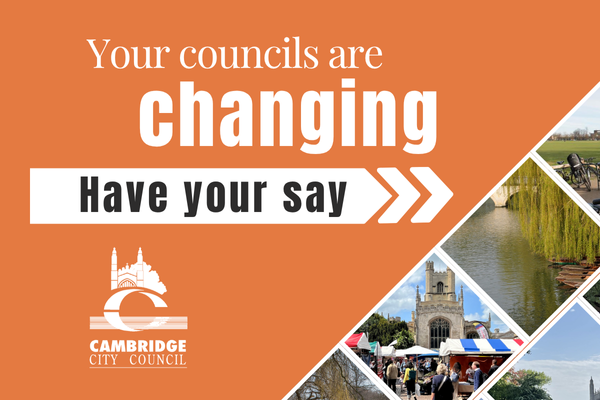An unauthorised encampment is where moveable accommodation such as caravans or trailers are on land that they do not own or have permission to be on.
This does not include wild camping in a tent or makeshift shelter.
We can only investigate unauthorised encampments on council-owned land inside the city boundary.
- Encampments on private land are the landowner’s responsibility. This includes cleaning or securing the site.
- Encampments on a highway or right of way are Cambridgeshire County Council’s responsibility.
The government’s guidance about dealing with unauthorised encampments explains what power we have to address them.
Report an unauthorised encampment
If you see an encampment on public land that you think is unauthorised, report it to us.
We consider each case individually. We will visit the site and make every effort to make sure it is kept clean and tidy. We may provide rubbish bags or toilets for this purpose.
How we respond to reports
We cannot remove unauthorised encampments immediately – we must act according to the law. We do this by:
- showing that people are on the land without consent
- undertaking a welfare assessment on the encampment’s occupants
- ensuring that the Human Rights Acts 1998 and Equality Act 2010 have been complied with
We consider criteria such as:
- health and safety considerations for the occupiers
- traffic hazards
- public health risks
- environmental damage
- nuisance to the settled community and proximity to other sensitive land-uses
Wherever possible, we seek to prevent the establishment of encampments where they should not be.
We have a procedure to follow for proving land ownership and details of the encampment. This enables us to get the necessary authority from the court to order the occupants to leave the site and remove their vehicles and belongings.
The process is bound by the law and usually takes up to two weeks, although it can take longer. The date of any court hearing is dependent on court availability, and is beyond our control.
The court can refuse to grant an order to move people on from an unauthorised encampment. This can happen if there is an unavoidable reason for them to stay, or if the court believes we have failed to make adequate enquiries about their health and welfare.



